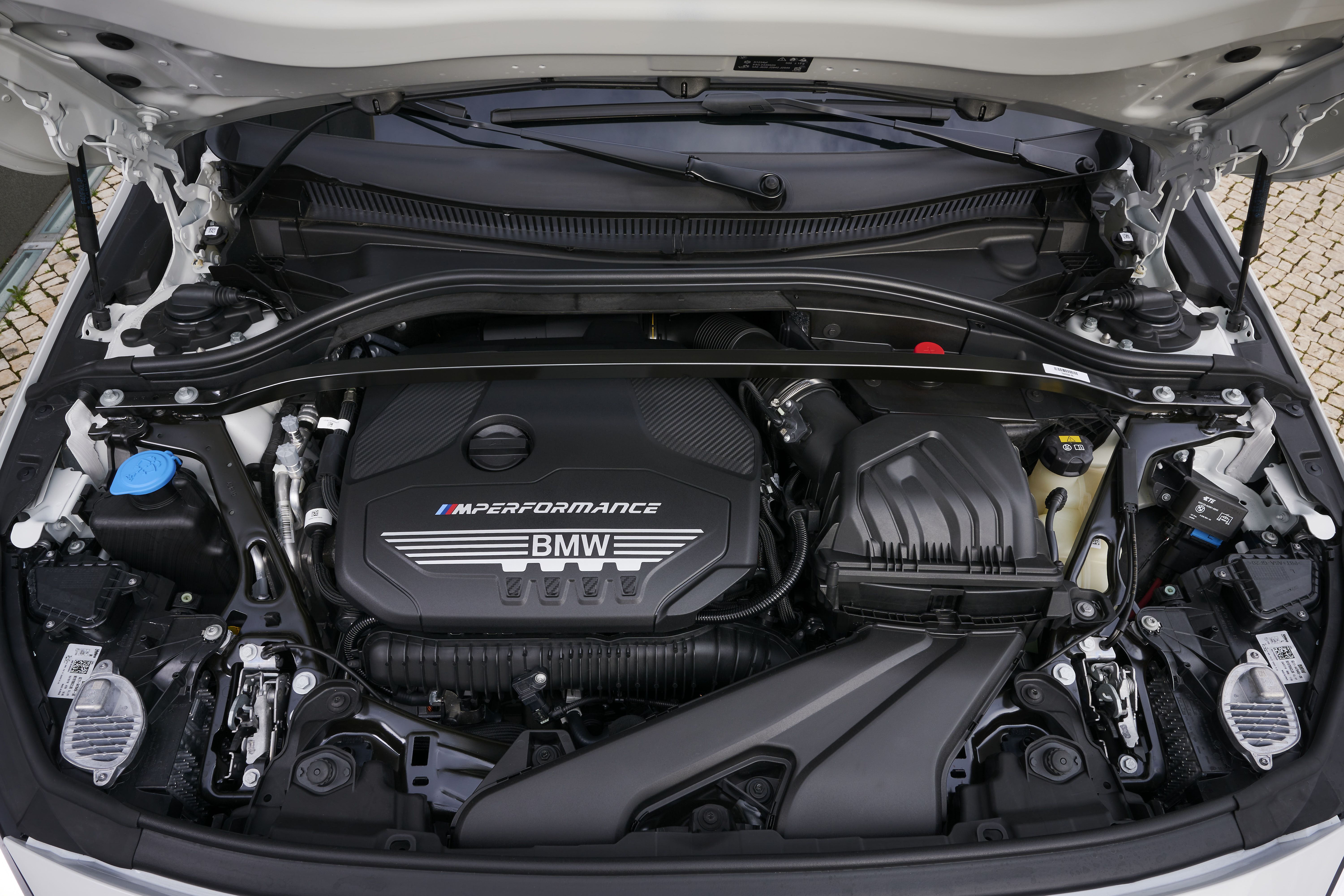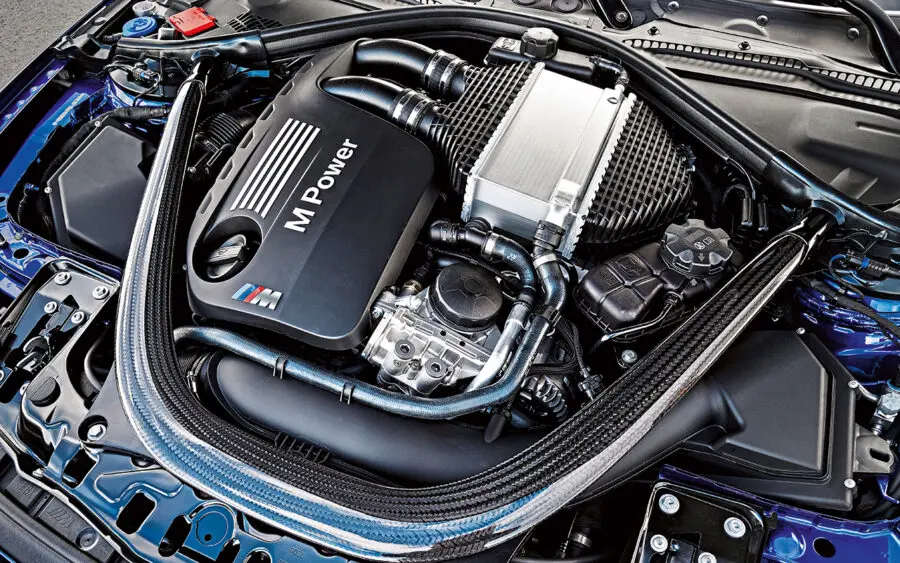A Comprehensive Guide to Recognizing BMW Engine Specifications
A Comprehensive Guide to Recognizing BMW Engine Specifications
Blog Article
Exploring the Evolution of Burning Engines in Modern Transportation Equipments
As we navigate the landscape of contemporary transport, the evolution of burning engines stands as a testimony to human resourcefulness and engineering prowess. The interplay of background, technology, and environmental concerns in shaping the trajectory of burning engines develops a story that is both engaging and insightful.
Very Early Beginnings of Combustion Engines
How did the idea of burning engines initial arise in the early phases of transportation development? The origins of burning engines can be traced back to the 17th century when the principles of interior combustion were very first explored.
The development minute included the creation of the initial effective gasoline-powered engine by Karl Benz in 1885 - bmw engine. This engine paved the way for the advancement of the modern automobile, reinventing transportation systems worldwide. Succeeding developments by Nikolaus Otto and Gottlieb Daimler even more improved combustion engine modern technology, resulting in the mass production of autos and the fast expansion of the transportation industry
These early combustion engines were characterized by their simpleness and effectiveness, laying the foundation for the complicated and effective engines made use of in modern-day transport systems. The evolution of burning engines has actually contributed in shaping the means we travel and carry products, marking a substantial turning point in the background of transport development.
Change to Internal Burning Innovation
The change to inner combustion innovation noted a critical change in the development of transportation systems. This change began in the late 19th century, with developers like Nikolaus Otto and Gottlieb Daimler developing the initial effective interior combustion engines. These engines reinvented transportation by offering a much more reliable and powerful alternative to heavy steam engines and electrical motors.
Among the key advantages of interior combustion engines was their capability to be reduced to suit automobiles, leading to the growth of vehicles and motorbikes. This change from cumbersome, stationary engines to portable, mobile ones paved the way for the contemporary transportation systems we see today.
The change to inner burning innovation likewise stimulated developments in gas innovation, bring about the development of gas and diesel as main gas resources for automobiles. This change not only made transport extra obtainable to the masses yet also laid the structure for the oil and gas market to end up being integral to international economic climates.
Impact of Combustion Engines on Transport
The adoption of combustion engines in transportation systems militarized a profound shift in the effectiveness and speed of global movement. Combustion engines revolutionized transport by supplying a versatile and trustworthy resource of power for various automobiles, including automobiles, ships, vehicles, and airplanes. This development dramatically enhanced the capability for goods and people to conform long distances in much shorter timespan, resulting in increased connectivity between regions and countries.
In addition, the prevalent use combustion engines has had a significant influence on financial development. The capability to transport products efficiently has actually spurred trade and commerce, permitting services to expand their markets and get to consumers worldwide. This has actually helped with economic development and globalization, as products can now be transported quicker and in larger amounts than ever previously.
However, the ecological influence of combustion engines can not be neglected. The combustion of fossil fuels has actually resulted in air pollution and greenhouse gas exhausts, adding to environment you could look here change and posing wellness risks to populaces. bmw engine. As an outcome, there is a growing focus on developing alternative propulsion technologies to reduce these unfavorable results and produce an extra lasting future for her latest blog transportation
Innovations in Combustion Engine Layout
One remarkable advancement is the development of turbocharged engines, which make use of exhaust gases to drive a turbine that compresses inbound air, permitting for more gas to be burnt, resulting in enhanced power result without a significant boost in engine dimension. Variable valve timing systems have additionally revolutionized engine design by enhancing airflow at various engine speeds, boosting both power and effectiveness. These technologies collectively add to the continuous enhancement of combustion engines in modern-day transport systems.
Future Trends in Combustion Engine Advancement
With technology advancements driving continual development, the future of burning engine development is poised to reinvent transportation systems globally. One of the key trends in combustion engine development is the push towards greater efficiency and lowered discharges. Producers are investing greatly in r & d to enhance engine performance while fulfilling stringent ecological policies. This consists of the combination of advanced fuel shot systems, enhanced turbocharging techniques, and the use of light-weight products to enhance fuel consumption and decrease carbon emissions.
An additional prominent pattern is the adoption of crossbreed technologies in burning engines. Hybrid engines incorporate standard burning innovation with electrical power, using enhanced gas effectiveness and reduced discharges. As the auto sector changes towards electrification, hybrid burning engines are seen as a transitional solution that links the gap between standard automobiles and fully electrical ones.
In addition, the integration of clever technologies, such as man-made knowledge and data analytics, is expected to play a substantial role in the future of burning engine growth. These technologies can optimize engine efficiency in real-time, leading to much more efficient combustion processes and boosted total automobile performance. Welcoming these future fads will certainly not only drive like this innovation in burning engine development yet also contribute to a more environmentally friendly and sustainable transport ecological community.

Final Thought
In final thought, the advancement of burning engines in modern-day transportation systems has actually been marked by considerable innovations in modern technology and style. From the early beginnings of combustion engines to the change to interior burning modern technology, these engines have had an extensive impact on transport.
The roots of combustion engines can be mapped back to the 17th century when the concepts of internal burning were initial explored. These engines revolutionized transportation by offering a more effective and efficient choice to heavy steam engines and electric motors.

Report this page